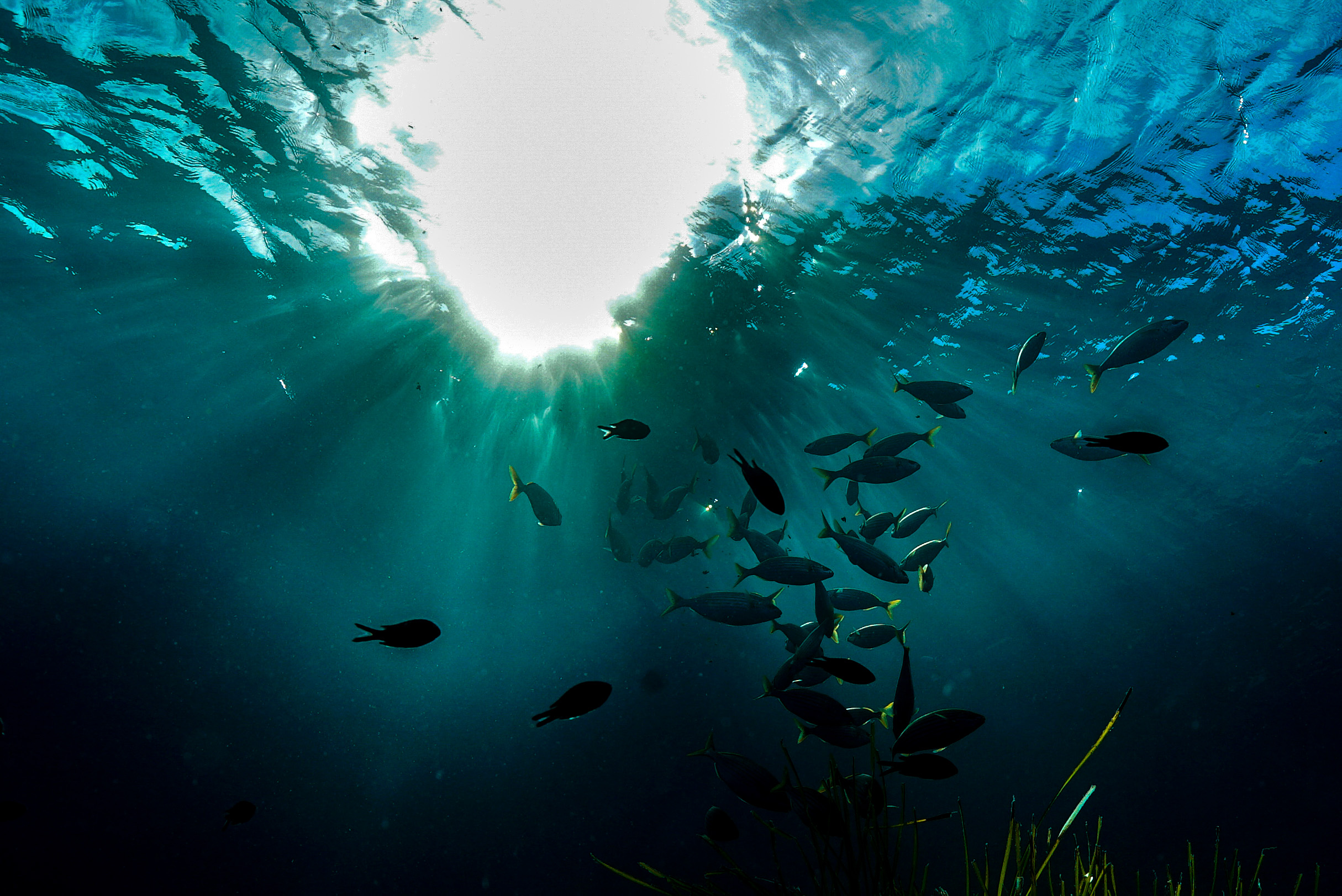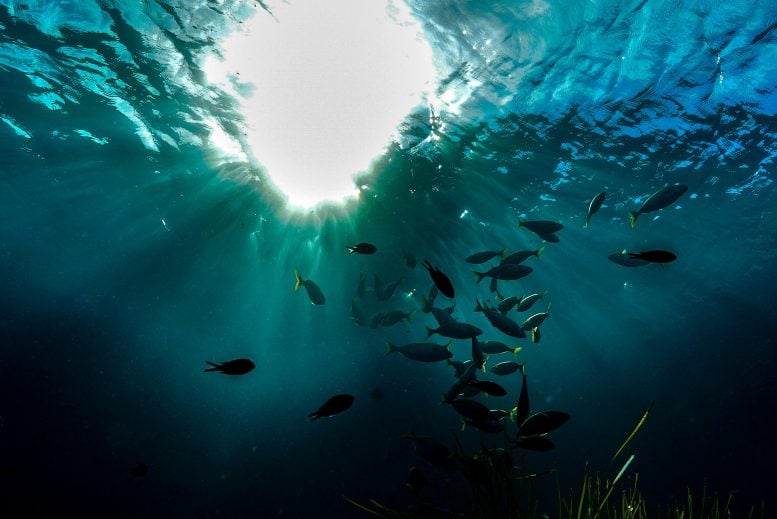

Exposure to artificial light at night led to anxiety-like behaviors in fish, with these effects being inherited by their offspring.
Researchers have demonstrated that light pollution, particularly blue light, can change fish behavior in just a few nights, with potential consequences for their descendants. The study focused on female zebrafish to observe their reactions to artificial light at night (ALAN), a major contributor to global light pollution.
Fish were exposed to varying wavelengths of ALAN over nine nights, which caused them to swim less, stick closer together, and spend more time near the wall of the aquarium. These anxiety-like behaviors were seen in fish under all wavelengths of light, but short-wavelength light in the blue spectrum caused the fastest and strongest changes.
The results further reveal that light pollution can have long-lasting effects: offspring born from light-exposed mothers swam less despite never being exposed themselves. The study was led by scientists from the Institute of Hydrobiology Chinese Academy of Sciences and the Max Planck Institute of Animal Behavior (MPI-AB).
Artificial light at night (ALAN) pollutes the environment by adding luminescence to places that would otherwise be dark at nighttime. ALAN exists outdoors through the lights that brighten streets, buildings, and industrial areas all night; and ALAN exists indoors through the devices that hold our attention into the evening. ALAN is known to impact most organisms by disrupting the natural rhythms of biological processes, which are coordinated by cycles of light and dark.
“Sleep is one of the main processes of animals that is disrupted by ALAN, so we were curious to know what that means for their ability to navigate their lives. In other words, what does it mean for their behavior?” says Wei Wei Li, the study’s first author who did the work as a doctoral student in MPI-AB.
“The light levels that we used in our study matched what is already shining into the homes of animals at night through the many sources we place outdoors. And we found extremely strong and clear negative effects on the behavior of fish and their offspring after only a few bright nights.”
The dangers of blue light
Because the negative effects of ALAN are known to occur in humans from exposure to light in the blue spectrum, the team wanted to know if different wavelengths also affected the behavior of fish differently. They exposed female zebrafish to all-night light at 10 light regimes: nine separate wavelengths across the visible spectrum as well as white light. Lights were set at 20 lux, approximately the intensity of streetlights seen at a distance, and what animals would be exposed to in outdoor environments.
They found that after eight nights of exposure, all wavelengths caused fish to swim less, stick closer together, and spend more time near the wall of the aquarium, a behavior known as “thigmotaxis” or wall-hugging, which is an indicator of animal anxiety. However, the effect of blue light could be seen sooner, after only five days of ALAN exposure, with light at 470 nm having the strongest effect of all.
“This is consistent with what is known in humans, that exposure to the blue light of our electronic displays has the biggest effect on our sleep and possibly other physiological cycles,” says co-author Aneesh Bose, who did the work while at MPI-AB.
The study did not set out to uncover a mechanism, but the authors speculate that sleep deprivation could be what underlies the patterns in their data. Their finding that behavioral changes revealed themselves after five or eight nights of ALAN exposure, rather than immediately, could be explained by lack of sleep. “The fish could pull a few all-nighters, but after too many nights of disrupted sleep it eventually caught up to them,” explains Bose, who is now a researcher at Swedish University of Agricultural Sciences.
Long-lasting changes
The study also revealed that the impacts of light pollution did not end in the individual, but were passed down to offspring. After exposure to ALAN, the study’s female zebrafish were allowed to breed and the team raised their offspring under natural light conditions.
After 15 days the researchers tested the swimming behaviors of larvae using specialized automated tracking software designed to quantify activity levels of the tiny fish. Offspring of exposed mothers showed decreased daytime movement despite themselves never being exposed to lights at night.
“We found that light pollution disrupted the natural behavior of fish, and this disruption may have fitness and performance consequences,” says Ming Duan, the study’s final author from the Institute of Hydrobiology Chinese Academy of Sciences.
To mitigate these consequences of ALAN on wild animals, the authors say that special attention needs to be paid to what light is emitted by human sources. Adds Duan: “Many of the places we light up at night are close to animal habitats. The best thing we can do is to minimize the use of blue wavelength light sources where animals are trying to sleep.”
Reference: “Behavioural and transgenerational effects of artificial light at night (ALAN) of varying spectral compositions in zebrafish (Danio rerio)” by Weiwei Li, Dongxu Zhang, Qingqing Zou, Aneesh P.H. Bose, Alex Jordan, Erin S. McCallum, Jianghui Bao and Ming Duan, 18 September 2024, Science of The Total Environment.
DOI: 10.1016/j.scitotenv.2024.176336